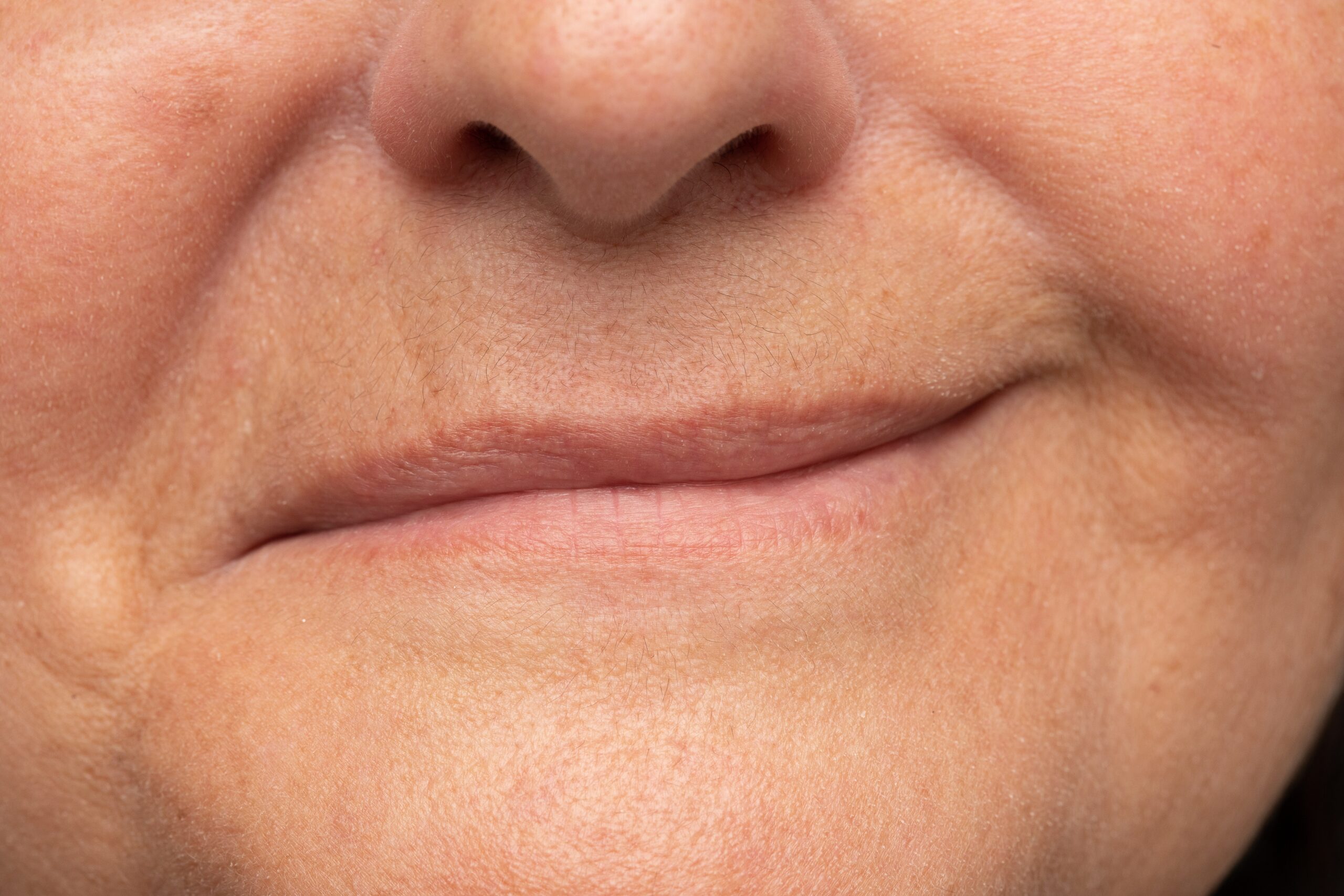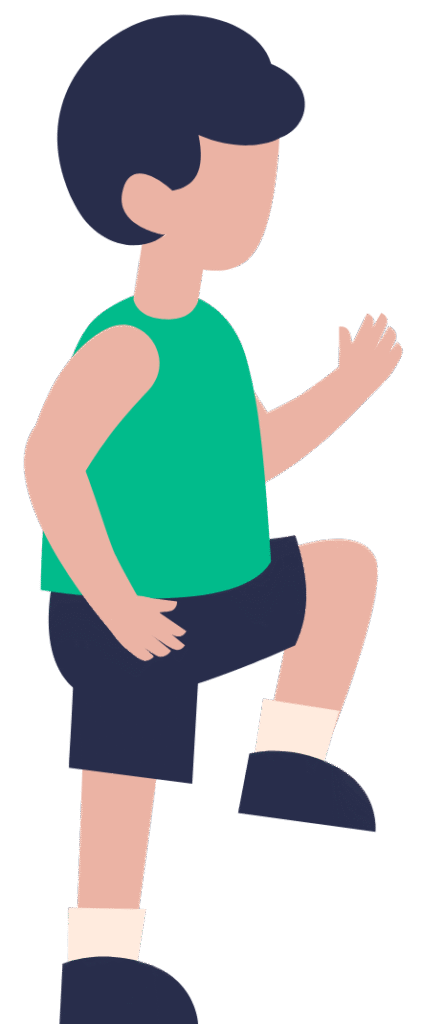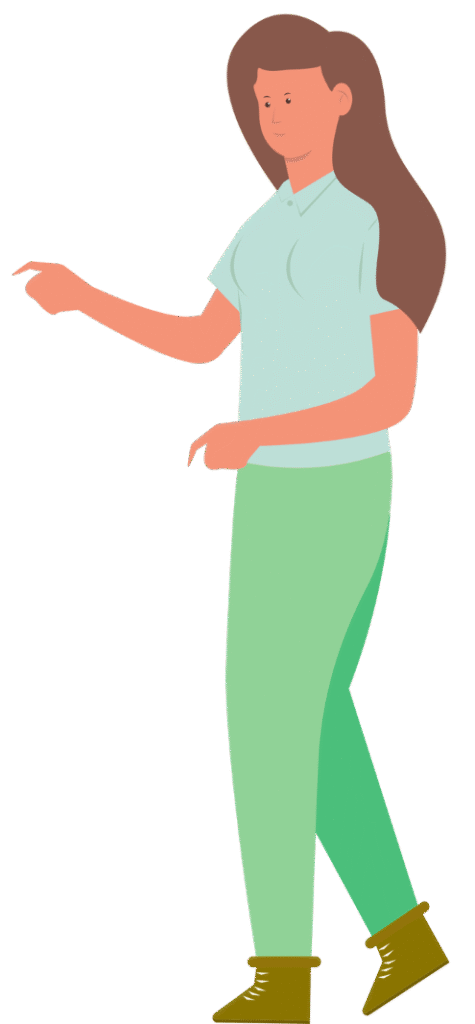Imagine waking up one morning and finding half of your face paralyzed, with no warning signs at all—this is exactly what happened to Bristol Palin.
At a Glance
- Bristol Palin experienced sudden facial paralysis in January 2025.
- Doctors suspect Bell’s palsy, often linked to stress or viral infections.
- Palin has pursued multiple treatments, including alternative therapies.
- Her transparency has increased public awareness of Bell’s palsy.
Bristol Palin’s Unexpected Health Challenge
Bristol Palin, daughter of former Vice Presidential candidate Sarah Palin, faced a sudden health challenge in January 2025. She woke up with a strange sensation and soon realized that the left side of her face was numb and paralyzed. Despite undergoing various tests, including a CT scan, the results were unremarkable. Doctors suspected Bell’s palsy, a condition where facial muscles weaken or become paralyzed, often without a known cause.
JUST IN: Bristol Palin, Sarah Palin's Daughter, Stricken with Sudden Unknown Illness Causing Facial Paralysis; Doctors Remain Uncertain of Cause After Multiple Tests pic.twitter.com/MleRArxatn
— The Western Journal (@WesternJournalX) July 19, 2025
Bristol, known for her appearances on reality TV, turned to social media to share her journey. Her case gained significant public attention, bringing Bell’s palsy into the spotlight. The condition is often linked to stress, lack of sleep, or viral infections, but in many cases, the exact cause remains elusive. Palin’s case is a reminder of how unpredictable health can be, and her openness has resonated with many.
Watch: Bristol Palin Reveals Facial Paralysis Diagnosis
Exploring Treatment Options
In the weeks following her diagnosis, Palin explored various treatments to aid her recovery. Traditional treatments for Bell’s palsy include steroids and antiviral medications. However, Palin also turned to alternative therapies such as acupuncture, lymphatic massage, and oxygen chamber therapy. She even adjusted her diet and reduced caffeine intake, hoping these changes would support her healing process.
By April 2025, Bristol reported that her facial function was about 70% back to normal. Her doctors remained optimistic, predicting a full recovery in another three months, although they cautioned that some permanent effects were possible. This journey demonstrates that while Bell’s palsy is typically temporary, recovery can be slow and requires patience and resilience.
Impact and Awareness
Bristol Palin’s transparency about her condition has increased public awareness of Bell’s palsy. Many people are unfamiliar with the condition, and her willingness to share her story has helped destigmatize it. Her updates have sparked conversations about the importance of recognizing neurological symptoms and seeking prompt medical attention.
Palin’s journey also highlights the role of public figures in shaping health conversations. By sharing her experience, she has encouraged others who may be experiencing similar symptoms to seek help and has contributed to a broader understanding of Bell’s palsy.









